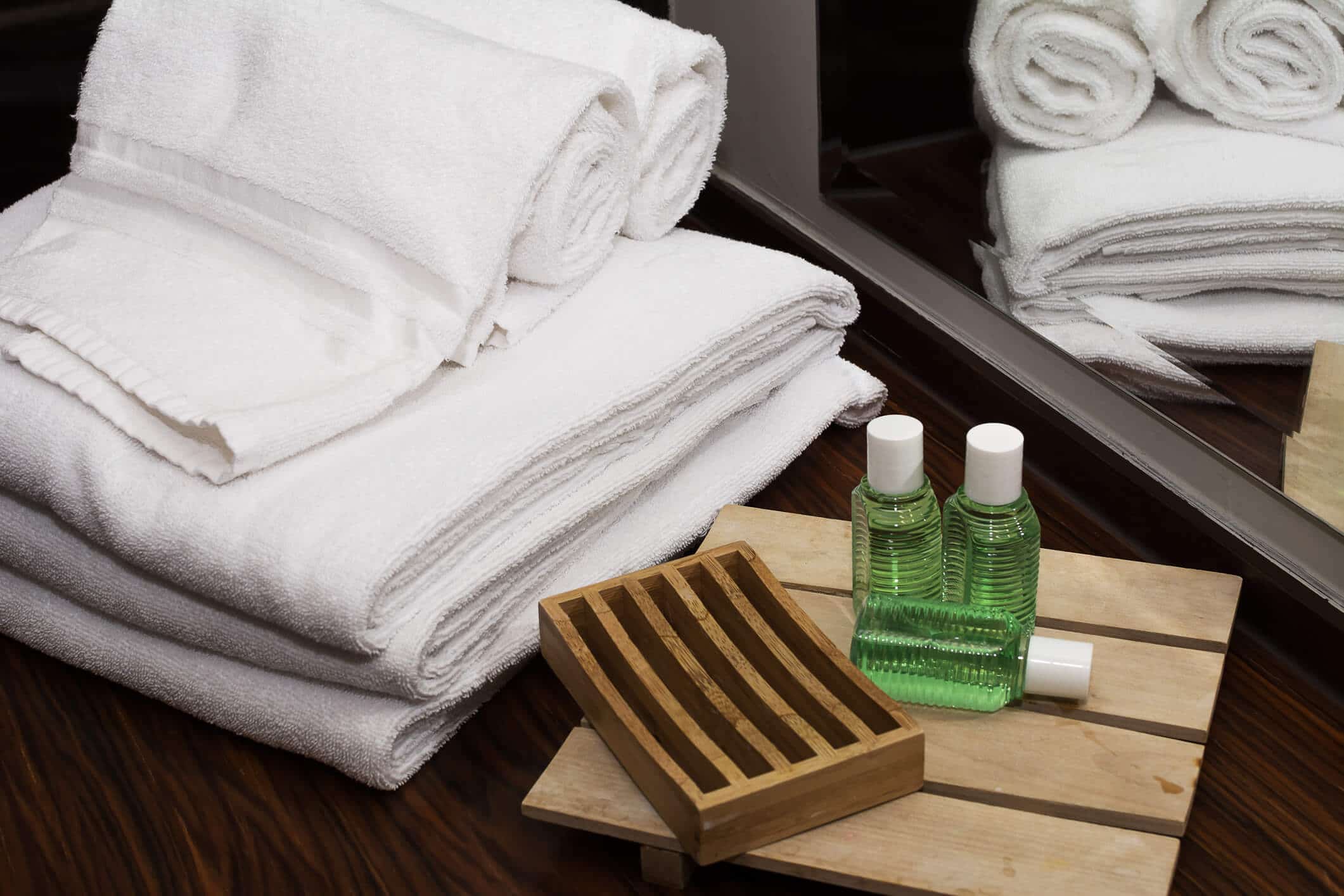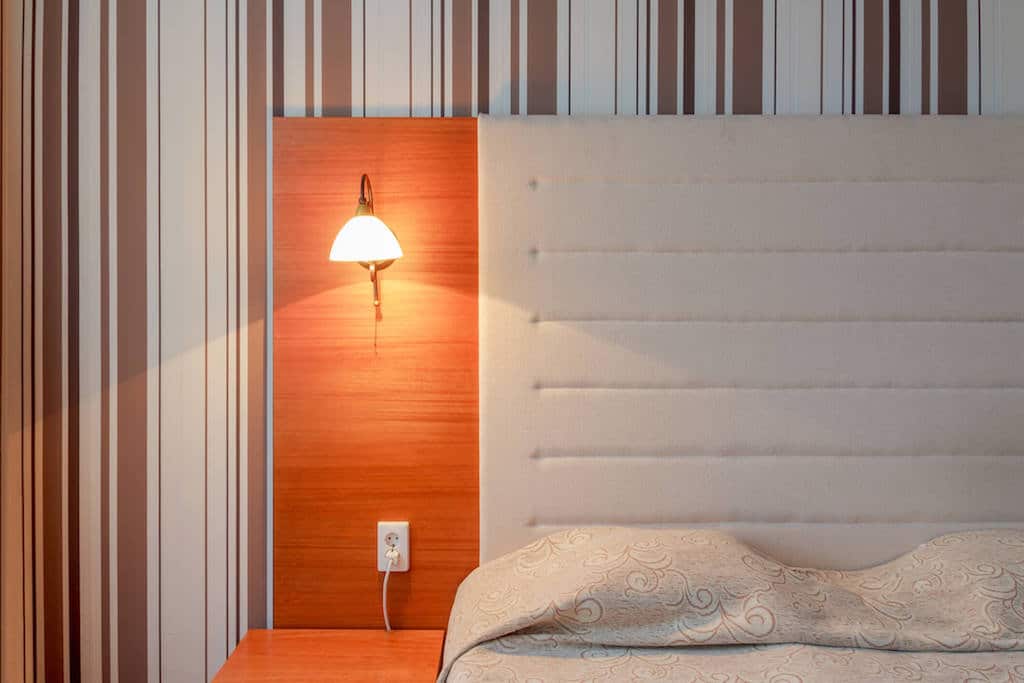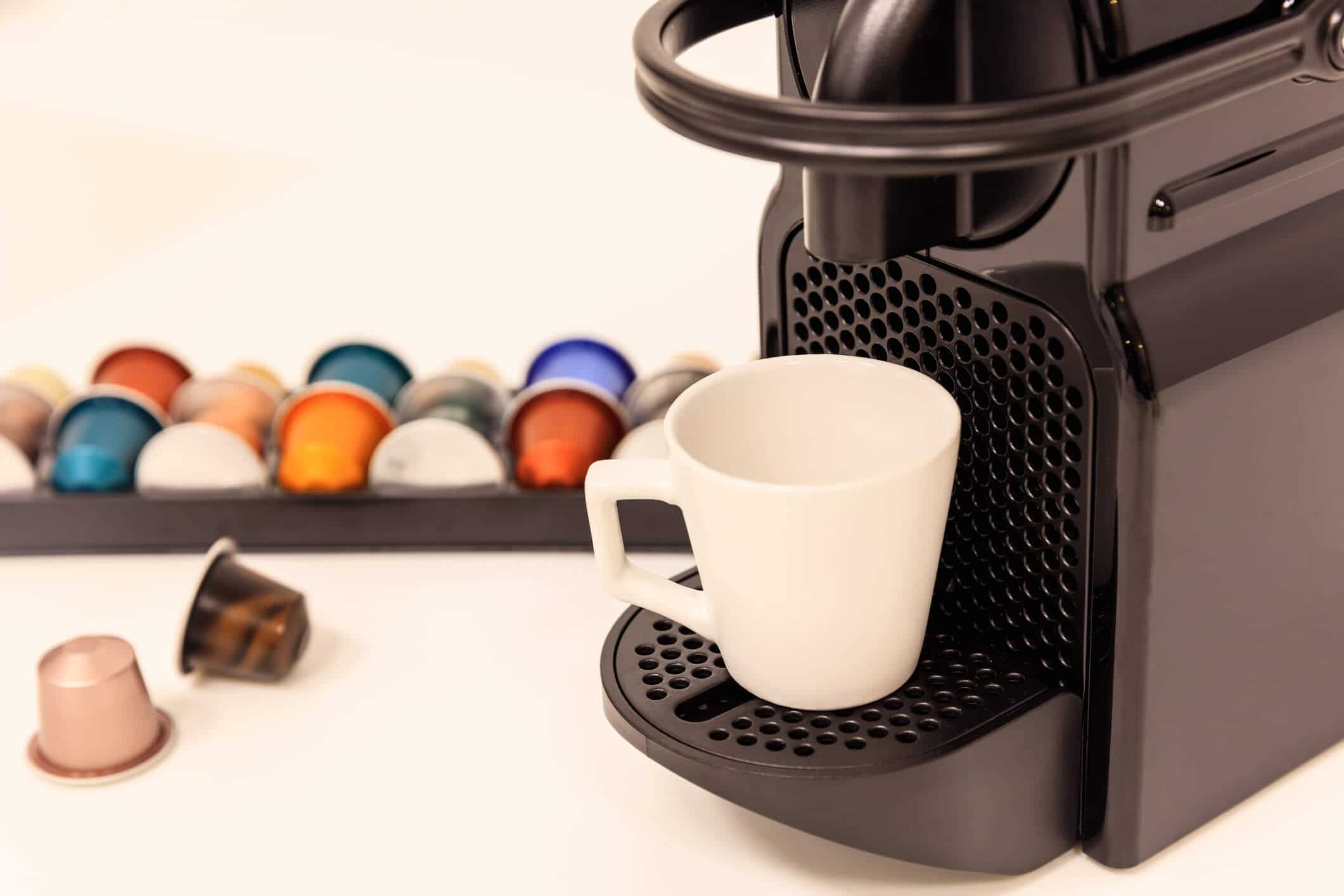No products in the cart.
You’re travel weary. You might have just stepped off a plane or spent what seemed like endless hours staring at the passing highway in your vehicle. The only thing that’s probably on your mind is checking in to the hotel, taking your shoes off, and sprawling on the bed.
You make it to the front desk, beeline it to your designated room, open the door, and… what is that musty smell?
Depending on how tired you are, you may investigate or you may just crash out on that comfy mattress. It’s tomorrow’s problem. That musty smell, though? It might be mold growth. Which, means you’re breathing in who knows how many mold spores and microscopic toxins. All of which can cause negative health reactions.¹ Eeek!
Whether on vacation or traveling for business, almost all of us have stayed in a hotel room at least once. What we may not always consider is how those squeaky clean, freshly laundered (hopefully) rooms can be hotspots for mold growth. And it’s not just older hotels that can support mold growth; newer hotel rooms can be just as likely!
So while you may want to get on with your vacation or just catch a few hours of sleep before a morning meeting, checking to see if you’re staying with an unknown roommate can help avoid any adverse health reaction those pesky fungi can cause.
Here are the top six locations where you may find mold in hotel rooms.
BATHROOMS
Mold species love, emphasis on love, humid and wet environments.² While you may take proper precautions in your own bathroom to prevent mold growth, chances are that not every previous occupant of the hotel room did the same.

When you’re traveling, wiping up excess moisture or making sure to turn on the exhaust fan and crack a door when taking a shower may not be on the top of your to-do list. In such heavily trafficked rooms though, that leaves the door wide open for mold growth.
If the bathroom stays humid from constant showering or if wet towels continue to dominate the space, mold can quickly settle in and begin to spread to other damp parts of the room. Especially in bathrooms with grouted walls. The grout lines can easily retain moisture if there are any cracks or chips.
So, when you get to your hotel room, hold off on throwing on that super fluffy white robe and check out the state of the bathroom. Does the exhaust fan work? Is there visible mold in the shower or around the sink? Is there visible mold when you lift up the toilet tank lid?
Oh, and that jetted tub that looks so inviting? It’s a good idea to turn it on first, before hopping in to see if any particles come out with the water. Mold and its byproducts can easily begin growing in the lines, which usually don’t get cleaned very often.
CARPET
Almost all hotels have carpet in most of the building, especially in the rooms themselves. Unfortunately, with the high volume of traffic that passes through, these can easily become hotbeds for mold growth.
Mold can grow in as little as 24-48 hours.³ That means any moisture that soaks into the carpet, whether from a spilled drink, damp towel, or wet feet, provides this fungus an opportunity to settle in and thrive.
The main problem with carpeted areas is that mold growth can continue for a while without being noticed. The wall-to-wall carpeting is usually a darker color that won’t always show the abstract pattern that indicates mold growth. They also may not get professionally cleaned as much as they should, allowing more chances for any present mold spores to find a wet spot to grow in. And it gives them a buffet of food sources to help them grow. Molds eat pretty much anything and everything so not only can they feast on the carpet and liner, they’ll eat the dust and organic matter that’s trapped in the carpet.⁴
Not exactly an appetizing picture for us humans…
When you get into a hotel room and smell a musty smell, it’s a good idea to add the carpet to your checklist. You can’t exactly pull up the carpet, which is the best step to check for mold. You can, however, look for any discolorations, double-check for a powerful odor, and pat around for any damp spots. If you can check off any of these boxes, there might be mold in your hotel room.
WALLPAPER
Hotels always seem to have an abundance of wallpaper. Some are soothing and lowkey and others seem like they came straight from the 1970s. While they’re added as part of the aesthetic for the hotels, they’re also prime suspects in housing molds.

Hotel rooms are perfect locations for Goldilock’s situation. With units inside to adjust the temperature to whatever that perfect number is, the air can flip flop between 64 and 74 degrees Fahrenheit every other day. Not to mention the humidity being added in from the constantly utilized bathroom.
The streamy showers and perfect room temperature may seem like a great way to relax but with a revolving door of individuals creating different indoor environments, it can easily lead to condensation buildup. This moisture gets trapped between the wallpaper and wall, allowing mold spores to finagle their way in and begin growing.
Throw in the wallpaper itself, glue, and drywall as nutrients for the spores to eat, and mold will think it’s on vacation too!
Like the carpet, you can’t exactly get away with peeling away portions of the wallpaper. That means you’ll have to rely on some other detective skills. The easiest step is to take a quick whiff of the wall. If it smells musty, that probably means mold is living inside the walls. You can also check for any spots of discoloration, areas with peeling pieces, patches that appear wet, or warping sections of the wall itself.
Taking these steps is definitely not a foolproof method, but they can help in determining if there’s a mold in hotel rooms.
AIR CONDITIONER
Most hotel rooms have heating and cooling units geared towards that specific room. Since we’re not subject to the electricity bill, quite a few of us will probably crank up that air and live like we’re part of the arctic. Especially in hot, humid areas! The next person though may come in and decide to keep the temperature at a balmy 73.
Constantly changing the thermostat creates widely fluctuating temperatures that can easily lead to condensation in the unit. They’re also geared towards creating cooler air but not concerned in the slightest with decreasing humidity, which adds to the moisture levels in the machine.
It’s a perfect cold-blowing storm for mold in hotel rooms.
When mold begins to grow, the machines then pump out spores and toxins into the room at full blast. This can cause lead to a list of adverse health effects, and easily allow the mold to spread if it finds another moist area. Which… it probably will!
To check for mold in a hotel air conditioner, try to smell the air it’s pumping out first. Again, if it smells musty, that’s a huge red moldy flag. You can also grab a flashlight and look at the vents to see if there’s any visible mold growth.
COFFEE MAKER
Coffee machines run constantly as people come and go during their stay. In a recent survey by the National Coffee Association, 7 in 10 Americans drink coffee every week and 62 percent of them drink it every day.⁵ That’s a lot of bean water!

If you’re running late to a meeting or up and out before the continental breakfast, you may be tempted to use the coffee maker right in your room. The little K-cups and Nespresso pods are just right there, calling out your name. A lot of others probably did as well! Unfortunately, that means those little bringers of goodness may be hosting a party for mold, toxins, and bacteria.
Without proper cleaning, coffee makers can easily become areas for mold spores to grow in. Between the hot humid water and abundance of organic particles, it’s a great place to call home if the machines aren’t cleaned regularly and thoroughly. The bad news is most of them probably aren’t…
Not to mention, a large portion of coffee brands can contain mycotoxins. These microscopic toxins are produced by molds and can cause a range of negative side effects when inhaled or ingested.⁶
To check for mold, take a look at the water reservoir for any moldy-looking dark spots. You can also look underneath and around the machine and sniff around for a funky odor. Bonus points for running the machine without any coffee to see what the state of the water is that comes out as well.
MATTRESS
This one is a bit of a scary one, considering it’s the place where you lay your head at night.
Between kids jumping in the bed after a day at the pool, laying damp towels on it after a shower, or spilled drinks, mattresses can become hotbeds (not the comfy kind) for mold growth. Not to mention the highly humid air! With so many people coming and going and changing the temperature, the chances for moisture to be introduced to mattresses in hotel rooms are high. Like, very high.
Not exactly the turn-down service we’re looking for when we’re slipping into those crisp, white sheets and sinking into the fluffy cloud-like cushion of awesomeness.
How do you check for mold in your hotel mattress? Relying on that sniffer again is the first and easiest step! If the bed smells musty, that’s a big indicator that it’s moldy. You can also take a look at what’s under the sheets. Discoloration on the mattress itself could be a sign of mold. There might also be visible dark mold spots underneath the mattress, which means you absolutely should not sleep there!
STAY AWAY FROM MOLD IN HOTEL ROOMS
They’re supposed to be your home away from home. A place where you can kick back without having to worry about the seemingly endless to-do list for your own home. They aren’t supposed to make you sick though.
If you wake up the next morning with a stuffy nose, cough, or headache, there may be mold in your hotel room.
Keep in mind, though, it’s not always the hotel management’s fault. Mold can grow unknowingly in the carpet or wallpaper for a while before it’s even noticeable. With people coming and going constantly, and hotel cleaning staff keeping the room clean, hidden mold can easily slide in under the radar. The true hotel management rockstars are the ones who tackle the mold problem immediately when it’s brought to their attention. They know that mold in one room can easily find its way into another, leading to a massive mold infestation.
Not exactly the kind of place you want to lay your head at night! Not to mention the effects they can have on hotel guests. Guests that may be you!
So, while you may be on vacation or away on business, mold may be living right there with you. If you think there’s mold in your hotel room, take the health concern seriously. Contact the front desk immediately and ask to switch rooms. No one wants to experience adverse health reactions while on the road.
Still Have Questions?
A member of our team is here to help! Click on “Get Started ➤” below to book a consultation with a member of the HOMECLEANSE team. We have a few quick questions that will help us put together a roadmap to solve or prevent all of your mold problems.
Two minutes of your time could lead to better health for you and your family.
- Environmental and Occupational Health Assessment Program , & Environmental and Occupational Health Assessment Program , & Health Science Section, Mold Basics for Primary Care Clinicians (2009). Hartford, CT; Connecticut Department of Public Health. , H. S. S., Mold Basics for Primary Care Clinicians 1–10 (2009). Hartford, CT; Connecticut Department of Public Health.
- Centers for Disease Control and Prevention. (2020, August 11). Basic facts about mold and dampness. Centers for Disease Control and Prevention. https://www.cdc.gov/mold/faqs.htm.
- Environmental Protection Agency. (n.d.). Mold . EPA. https://www.epa.gov/mold.
- Lstiburek, J., Brennan, T., & Yost , N. (2002, January 15). Rr-0208: What you need to know about mold. Building Science Corporation. https://www.buildingscience.com/documents/reports/rr-0208-what-you-need-to-know-about-mold/view.
- WHO. (2018, May 9). Mycotoxins. World Health Organization. https://www.who.int/news-room/fact-sheets/detail/mycotoxins.
- National Coffee Association. NCA. (2020, March 26). https://www.ncausa.org/Newsroom/NCA-releases-Atlas-of-American-Coffee.
